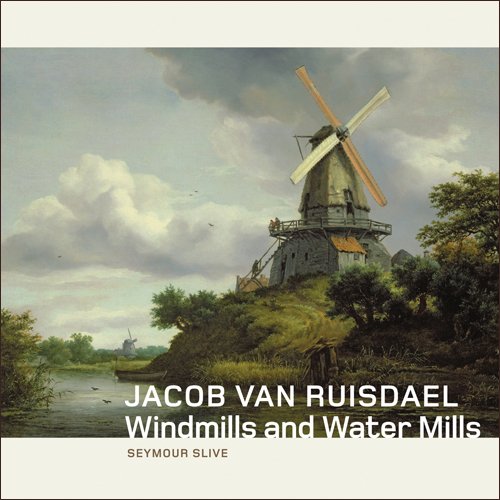j paul getty trust publications june 2011 (2 results)
Product Type
- All Product Types
- Books (2)
- Magazines & Periodicals
- Comics
- Sheet Music
- Art, Prints & Posters
- Photographs
- Maps
-
Manuscripts &
Paper Collectibles
Condition
- All Conditions
- New
- Used
Binding
- All Bindings
- Hardcover
- Softcover
Collectible Attributes
- First Edition
- Signed
- Dust Jacket
- Seller-Supplied Images
- Not Printed On Demand
Seller Location
Seller Rating
-
Jacob Van Ruisdael: Windmills and Water Mills
Published by J. Paul Getty Trust Publications June 2011, 2011
ISBN 10: 1606060554ISBN 13: 9781606060551
Seller: Hennessey + Ingalls, Los Angeles, CA, U.S.A.
Book
Hardcover. Condition: New. Windmills were ubiquitous in seventeenth-century Holland and they remain the best-known symbol of the Dutch landscape. Jacob van Ruisdael first depicted them as a precocious teenager and continued to represent all types in various settings until his very last years. Water mills, in contrast, were scarce in the new Dutch Republic, found mainly in the eastern provinces, particularly near the border with Germany. Ruisdael discovered them in the early 1650s and was the first artist to make water mills the principal subject of a landscape. His most celebrated painting, 'Windmill at Wijk bij Duurstede' at the Rijksmuseum, and the J. Paul Getty Museum's 'Two Undershot Water Mills with an Open Sluice' are the centerpieces of this overview of the artist's depictions of windmills and water mills. Both depended upon forces of nature for their operation, but their use in the Netherlands and their place in seventeenth-century Dutch art differed considerably. This book examines their role in Holland and introduces readers to the pleasure of studying Ruisdael's images of them, a joy conveyed by the English landscapist John Constable in a letter written to his dearest friend after seeing a Ruisdael painting of a water mill in a London shop: 'It haunts my mind and clings to my heart.'.
-
Jacob Van Ruisdael: Windmills and Water Mills
Published by J. Paul Getty Trust Publications June 2011, 2011
ISBN 10: 1606060554ISBN 13: 9781606060551
Seller: Hennessey + Ingalls, Los Angeles, CA, U.S.A.
Book
Hardcover. Condition: New. Windmills were ubiquitous in seventeenth-century Holland and they remain the best-known symbol of the Dutch landscape. Jacob van Ruisdael first depicted them as a precocious teenager and continued to represent all types in various settings until his very last years. Water mills, in contrast, were scarce in the new Dutch Republic, found mainly in the eastern provinces, particularly near the border with Germany. Ruisdael discovered them in the early 1650s and was the first artist to make water mills the principal subject of a landscape. His most celebrated painting, 'Windmill at Wijk bij Duurstede' at the Rijksmuseum, and the J. Paul Getty Museum's 'Two Undershot Water Mills with an Open Sluice' are the centerpieces of this overview of the artist's depictions of windmills and water mills. Both depended upon forces of nature for their operation, but their use in the Netherlands and their place in seventeenth-century Dutch art differed considerably. This book examines their role in Holland and introduces readers to the pleasure of studying Ruisdael's images of them, a joy conveyed by the English landscapist John Constable in a letter written to his dearest friend after seeing a Ruisdael painting of a water mill in a London shop: 'It haunts my mind and clings to my heart.'.


